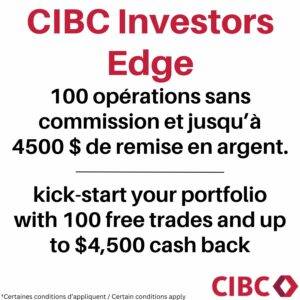As Canadian investors seek innovative ways to grow their income, the HMAX strategy has emerged as a compelling approach. This strategy is notable for its potential to generate higher monthly income, primarily due to two key factors: the writing of covered call options on 50% of the portfolio and the current practice of writing options At The Money (ATM). Understanding these aspects can provide valuable insights for investors looking to diversify their income strategies.
What is the HMAX Strategy?
1. Writing Covered Call Options on 50% of the Portfolio
The HMAX strategy involves writing covered call options on about 50% of its portfolio. This means that for half of the portfolio, the fund sells call options, essentially agreeing to sell the underlying stock at a set price within a specified timeframe. This action generates immediate income in the form of option premiums, a lucrative aspect for investors seeking monthly income.
However, it’s crucial to understand the trade-off. This portion of the portfolio, while generating consistent income through dividends and option premiums, limits the potential for capital gains. The covered call strategy provides income stability but at the expense of sacrificing some growth potential. Essentially, the first 50% of the HMAX portfolio behaves like a traditional dividend fund, offering dividends and the chance for long-term appreciation. The other half is more conservative, focusing mainly on generating income.
2. At The Money (ATM) Options Strategy
A distinctive aspect of HMAX is its approach to writing options At The Money (ATM), diverging from many similar funds that write options Out of The Money (OTM). The choice to use ATM options is based on their profitability and risk profile. ATM options typically have a higher premium than OTM options, making them more profitable if they expire unused. However, this approach also comes with a higher level of risk.
In options trading, the risk is directly related to the likelihood of the option being executed. OTM options, with strike prices above the current stock price, are less likely to be executed, posing lower risk and reward. Conversely, ATM options, with strike prices very close to the current stock price, have a higher chance of being executed, leading to a medium risk and reward profile. This makes the ATM strategy a balanced approach in terms of profitability and risk.
Understanding the Risks and Rewards
It’s helpful to look at a comparison of option strategies:
In The Money (ITM) Options: High premium, high risk, and high reward.
Out of The Money (OTM) Options: Lower premium, lower risk, and lower reward.
At The Money (ATM) Options: Medium premium, medium risk, and medium reward.
When the HMAX fund writes covered calls ATM, it essentially seeks a middle ground between maximizing income and managing risk.
Conclusion
In summary, the HMAX strategy offers an intriguing hybrid approach for investors. The combination of a covered call strategy on half of the portfolio with an ATM option writing approach distinguishes it from other investment strategies. This method suits investors looking for a balance between earning regular income and maintaining a moderate growth potential with a calculated risk level. As always, investors should consider their risk tolerance and investment goals when evaluating any new strategy and consult with a financial advisor to ensure it fits within their broader investment portfolio.


